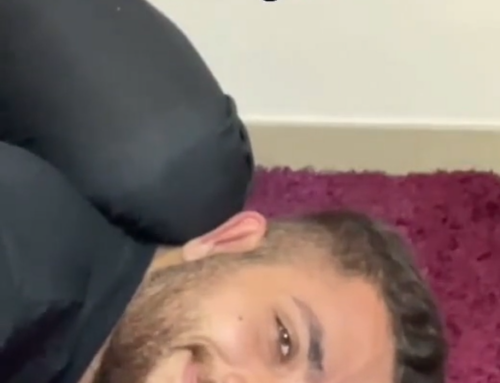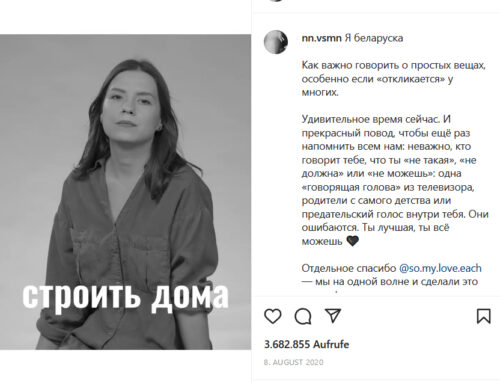The video of little Omran, a Syrian boy who received medical care following a bomb attack in Aleppo, became an international media symbol by showing the suffering of the Syrian people during the raging civil war.
Translation: August 17, 2016 – First images of the air raid on al-Katerji in Aleppo, supposedly carried out by Russian air forces
Aleppo was one of the most heavily beleaguered cities during the Syrian civil war until government troops took control in December 2016. For years, the opposition-controlled districts were subjected to heavy attacks by both the Syrian and Russian air forces, resulting in dozens of casualties every day. During the early hours of Wednesday, 17 August, 2016, combat aircraft (which, according to Syrian activists, belonged to the Russian army) bombed the al-Katerji district. Accompanied by medical rescue workers and the White Helmets of the “Committee for Civil Defense”, cameramen of the Aleppo Media Center (a media organisation run by Syrian activists and journalists) managed to enter the besieged city, taking pictures and recording videos of the aftermath of the air raids.
The most well-known of these videos was recorded by media activist Mustafa Al-Sarout. It shows Omran Daqneesh, then five years old, apathetically sitting in an ambulance, staring at the camera with a bloodied face covered by rubble, dust and dirt. The house in which Omran lived with the rest of his family had just been hit by a bomb, and his ten-year-old brother Ali later succumbed to his injuries. The video shows an ambulance arriving with a medical emergency unit, flanked by the White Helmets. Rescue workers carry, one after the other, first Omran, then his brother and his sister to the ambulance for medical examination and intensive care. The emotional impact of these dramatic, sad events is further enhanced by the contrast of the white and orange neon lighting of the vehicle’s interior on the one hand and the surrounding destruction as well as the shock and devastation on the faces of the children on the other.
Asked why he had recorded and published the video, Al-Sarout claimed he had wanted to show the world what was going on in Aleppo, document the daily violations of the rights of the Syrian people as well as life under the Assad regime, where assassinations and violent displacement of citizens were a constant, looming threat. Al-Sarout assured he would not discontinue his work despite the dangers involved, as the world, in his words, needed to know.
Soon afterwards, the video (alongside a similar photo of Mahmoud Rslan) spread via Facebook, Twitter and YouTube, dragging the violent conflict in Syria into the international spotlight and gaining the attention of both the media and politics. Television and press in Europe, the US, several Arab countries and other parts of the world took it up, broadcasting it on the evening news or printing photos of Omran on the front pages of various local newspapers. In some cases, the photos were even used as Facebook profile pictures.
Meanwhile, a media conflict developed over the video, reflecting the attitude of the war parties. While Russian and Syrian state media either did not show it at all or presented it as terrorist propaganda, Western audiences largely expressed overwhelming sympathy with the boy and his family, furious about their own governments’ stance on the Syrian civil war, the unnecessary brutality of the Syrian and Russian armed forces as well as the bombings of civilians. The pictures of Omran were often compared to the photo of drowned Syrian boy Aylan Kurdi, who died when his family’s dinghy sank off the coast of Turkey. A CNN news anchor even cried during the broadcast, whereas in Washington the video was commented on with the statement: “Omran represents the true face of war“. The little boy, John Kirby, US Department of State press secretary said, had never known anything other than war, death, destruction and poverty.
Natheer Henafe Alali



